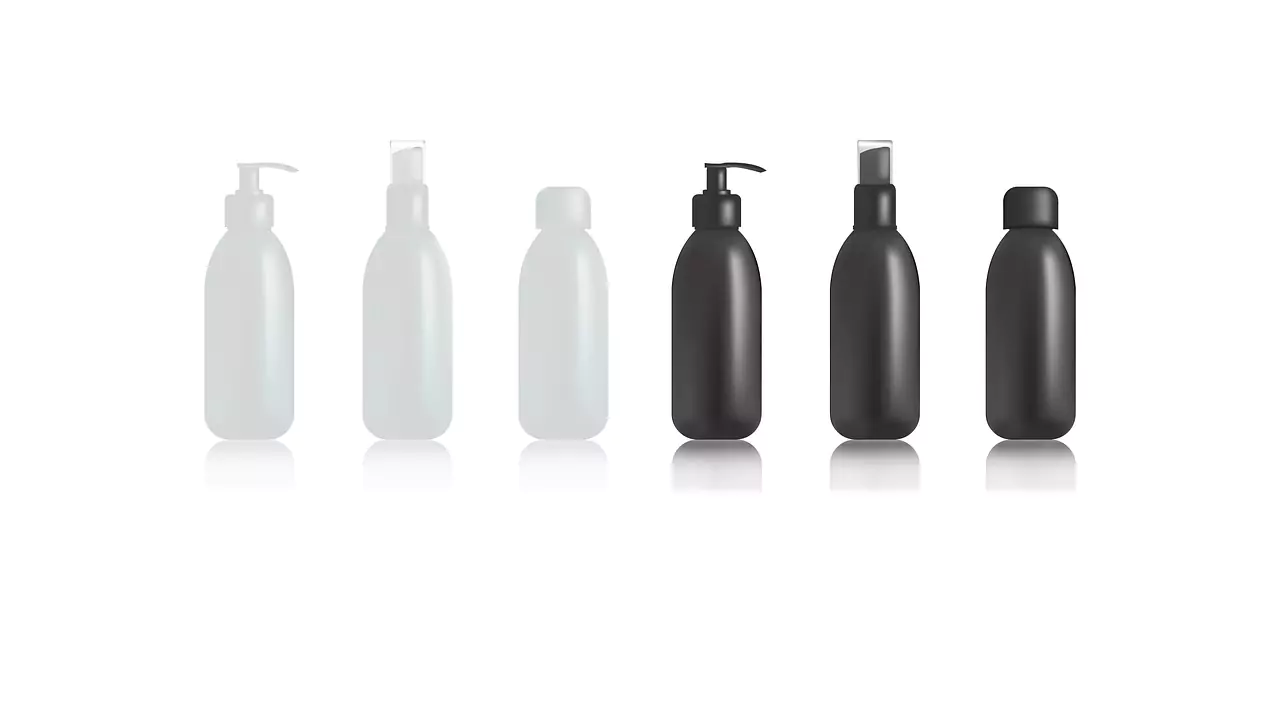Cost estimation is the approximation of the cost for a product or project. This process is very crucial because it defines the economic value of the resources used to create a given output. It is important for clothing businesses, because it shows if a project is a fit for a given budget and if it adds enough value to be lucrative.
The cost estimate will also be crucial to the feasibility to find out whether the product is feasible as a business and can be sold at a required price. Cost estimation is a big factor to all the other processes involved in garment manufacturing. In other words, cost estimation is a major step for apparel manufacturing companies since it can also influence the design.
When it comes to garment and clothing materials, there are generally two reasons why costing is done: 1) Garment pricing 2) Order acceptance;
- If the client is selling directly garments or clothing to consumers then accurate cost estimation is needed to identify manufacturing costs and fees added to expected mark-up profit.
- If the garment is bound for export, costing serves as the base of operations. Garment manufacturing costs including freight, transportation and for some, warehousing expenses are all considered as part of the cost estimation process. The cost estimate will be critical whether the client should accept the deal or not.
In order to create the great cost estimate with garments, all factors directly involved in manufacturing, services rendered, transportation expenses and even risk factors are all summed up to calculate production costs.
The client must also keep in mind prices of materials and other factors are bound to fluctuate due to economical reasons and the cost estimation process will be directly affected of these fluctuations. They should be ready for such changes and easily adjust the numbers which will eventually alter the cost estimate.
The process may also vary from one apparel manufacturing company to another but let us try to simplify the process to make it easier for you to understand cost estimation with garments.
Main Components of Garment Cost Estimation
1. Fabric
Fabric is certainly the most significant cost component when it comes to garment and clothing production. This component often accounts for more than half of the garment production cost.
Quantity and fabric type influence the price of the fabric and depend on the different types of fabric out there such as yarn, knitted, power loom, fiber (cotton, polyester, blended fabric, silk etc.). These different types of fabric vary from one to another in terms of price and which can also be affected by other parameters like availability, specs, colors and patterns needed.
2. Trims
Fabrics need additions to be fully functional in a garment and these additions to the fabric are simply known as trims. Trimmings are the materials that are attached to the garments. It includes zippers, buttons, threads and other items that are needed to make your clothing work.
Quality of items and quantity needed sums up the cost of trims. However, there are also various types of trims and like fabric their material and types vary in terms of pricing. It is a big advantage to do research in order to come up with the specific trims perfect for a product and achieve quality without compromising on the budget.
3. Labor Cost
The default formula for calculating in-house custom manufacturing labor cost with wholesale clothing manufacturers is total cost per hour multiplied to the number of hours it takes to make the style, divided by the number of units produced. If there is contractor intervention, expect additional service charges added on to the labor cost calculation.
((cost per hour * total number of hours) / no. of units produced or line efficiency in %)
The next apparel product development process step requires you to determine all the dimensions of your product. Consider the length, width, height and even thickness of your clothing product. Create a variation of the measurements for different sizes (S, M, L, XL,…) so the manufacturing company will have clear set of instructions to follow for different variations of the product. The more different sizes you have, the less efficient and more expensive is the sewing process.
4. Other value added charges
Aside from the three main components above, there are other services need to be paid for depending on the type of garment or custom clothing produced. The most common value added services are printing, custom tags, washing, embroidery, patching and custom retail packaging (including labels).
These services are all associated to garment manufacturing and should be added as part of the cost estimation process. However, be reminded that there could be factors which can alter the traditional calculation of these values.
Manufacturers and clothing suppliers oversee the cost estimation process. Depending on the system implemented on each company, they are equipped with costing knowledge and are aware of fluctuations and changes in prices of garment components happening in the market.
For small up to mid-sized businesses, sourcing the cost estimation process is very common so they can just focus on working on the product/garment without being bothered or held back by complex garment cost estimation processes.










